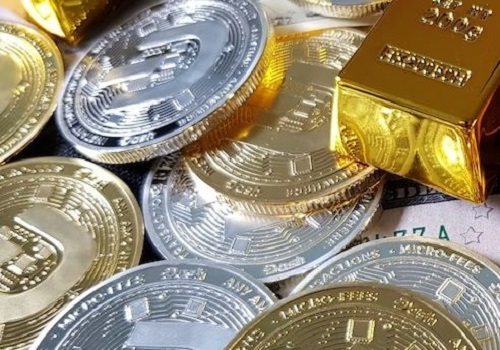Clean energy spending in economic recovery packages surged by 50 pc: IEA

Follow us Now on Telegram ! Get daily 10 - 12 important updates on Business, Finance and Investment. Join our Telegram Channel
Clean energy spending earmarked by governments in response to the Covid-19 crisis has risen by 50 per cent over the past five months and now stands at over $710 billion worldwide, though there are troubling imbalances between regions, the latest update of the IEA's Sustainable Recovery Tracker said on Tuesday.
This unprecedented amount of enacted spending is more than 40 per cent larger than the global green spending contained in the stimulus packages that governments enacted following the global financial crisis in 2008.
Advanced economies account the bulk of this effort, with over $370 billion intended to be spent prior to the end of 2023, a level of short-term government spending that would help keep the door open for the IEA's global pathway to net zero emissions by 2050.
Across emerging and developing economies, however, the total amount of fiscal resources being dedicated to sustainable recovery measures is one-tenth of the amount in advanced economies, reflecting their very different financial and economic circumstances. In emerging and developing economies, around $52 billion of sustainable recovery spending is planned by the end of 2023, well short of what is needed in a pathway towards net zero emissions by 2050.
The gap is unlikely to narrow in the near term, as governments with already limited fiscal means now face the challenge of maintaining food and fuel affordability for their citizens amid the surge in commodity prices following Russia's invasion of Ukraine.
"Countries where clean energy is at the heart of recovery plans are keeping alive the possibility of reaching net-zero emissions by 2050, but challenging financial and economic conditions have undermined public resources in much of the rest of the world," said IEA Executive Director Fatih Birol.
"International cooperation will be essential to change these clean energy investment trends, especially in emerging and developing economies where the need is greatest. Even in advanced economies, some of the earmarked funds risk not reaching the market within their envisaged timelines. Delays in setting up government programmes, ongoing supply chain disruptions, labour shortages and financial uncertainty have clogged project pipelines. In addition, consumer-facing measures, such as incentives for building retrofits and electric vehicles, are struggling to reach a wider audience because of issues including red tape and lack of information.
"Governments who can remove red tape and quickly set up effective programmes will be the ones to reap the benefits and position themselves in the new global energy economy that is emerging," said Birol.
"While the latest update of the Sustainable Recovery Tracker does point to promising signs in advanced economies, the world still needs to massively expand its clean energy deployment efforts throughout this decade, first and foremost in developing economies, if we are going to preserve the hope of limiting the global temperature rise to 1.5 degrees C."
Rising fossil fuel prices, which have been exacerbated by Russia's invasion of Ukraine, have pushed governments both to enact immediate measures to make energy more affordable and to explore efforts to reduce fossil fuel dependency.
The IEA's tracking shows that emergency affordability support by governments worldwide for households and businesses has reached about $270 billion since the start of the winter heating season in the Northern Hemisphere in 2021. But many of the measures most effective in reducing oil and gas demand - such as installing heat pumps and expanding the use of public transport, bike lanes and high-speed rail - have not yet received the needed level of government support to date.
The IEA's recent 10-Point Plans on natural gas and oil highlight the key areas where immediate action can be taken.Overall, public spending on sustainable energy remains a small proportion of the unprecedented $18.2 trillion in fiscal outflows that governments have dedicated to countering the economic impacts of Covid-19. But the IEA estimates that government spending that has been earmarked for spending prior to 2023 could support over $1.6 trillion worth of sustainable investments by mobilising higher levels of private sector participation.












 320-x-100_uti_gold.jpg" alt="Advertisement">
320-x-100_uti_gold.jpg" alt="Advertisement">












